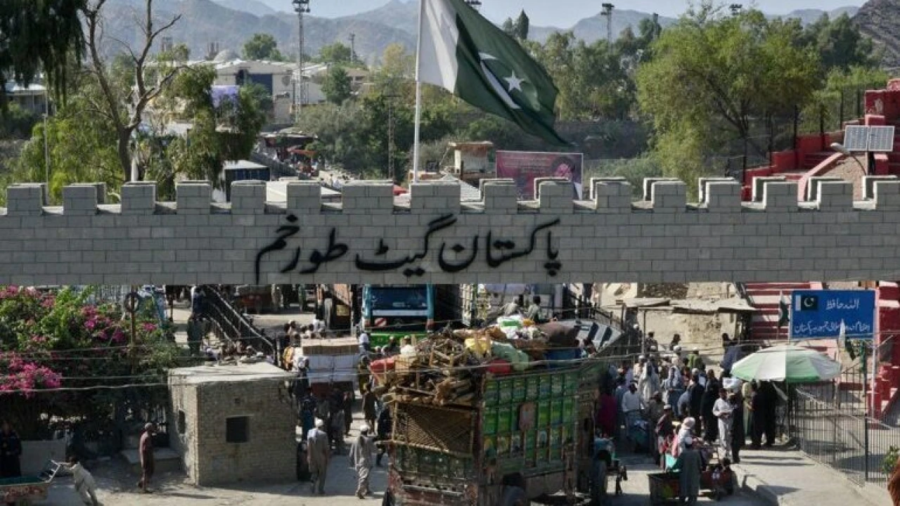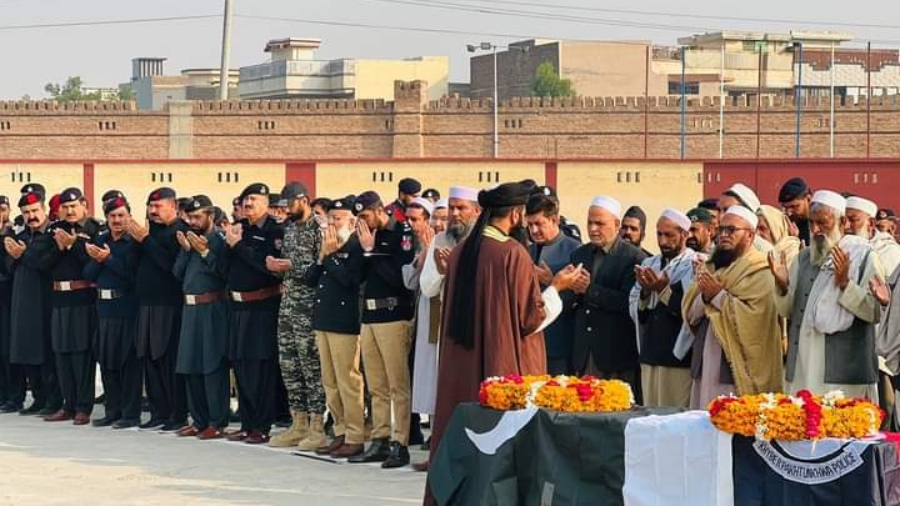پشاورپولیس نے کریک ڈاؤن میں مزید 112 غیر قانونی طور پر مقیم غیر ملکیوں کو حراست میں لے لیا گیا۔غیر ملکیوں کو سکریننگ کے بعد افغانستان واپس بھجوادیا گیا۔
کریک ڈاؤن کے دوران غیر ملکیوں کوگرفتاری کے بعد وطن واپس بھجوا دیا گیا ہے ۔ و طن واپس جانے والوں کی تعداد 993 ہوگئی ہے ۔گزشتہ روز طور خم کے راستے 2ہزار668افغان شہری اپنے ملک واپس چلے گئے۔محکمہ داخلہ کا کہنا تھا واپس جانے والوں میں 560 خاندانوں کے 729 مرد ،652 خواتین اور 1175 بچے شامل تھے۔ طور خم سے مجموعی طور پر 2لاکھ 31 ہزار452 افغان واپس جاچکے ہیں ۔ طورخم کے راستے مجموعی طور پر 21 ہزار 562 خاندان واپس جاچکے ہیں۔ پشاور انگور اڈہ سے مجموعی طور پر 3ہزار365اور خرلاچی کے راستے 419 افغان شہری واپس جاچکے ہیں۔ صوبے کے تینوں راستوں سے جانے والے غیر ملکیوں کی تعداد 2 لاکھ 35 ہزار 237 ہوگئی ہے۔



